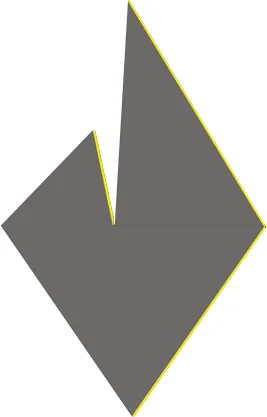Modern Fears is a seasonal exhibition at Liberty Science Center that educates and enthuses young teenagers about the elements of fear. It focuses on visitors’ common fears in the modern world and connects them to the psychological, physical, and cultural attributes of fear. It answers the question of why we fear what we fear, but more importantly, stresses the idea that it is okay to be afraid.
The Fear’s Journey in the Body Area includes an unconventionally steep slide with safety handles. By participating, the visitors observe the change of perception when viewing fear versus experiencing fear. The Don’t Touch Me area has a big shiny box with holes on them. The visitors are invited to reach their hands inside the mystery box and sense what is inside. The ambiguous nature of the experience unravels particular fears of the users. The Modern Fear area includes a large tower with a glowing graph system at its center. As guests enter the exhibition, they receive a smart wristband that monitors their heart rate. The collected data appears as a colorful graph on the tower. The No Fear w/o Culture area invites the guests to look at various objects that indicate fear in different parts of the world. By touching them, the guests learn what fear symbols belong to which cultures.
For this project, we have built a prototype for the Cautionary Tales exhibit activity and prepared a formative evaluation document after the testing. Due to the pandemic, we have created a virtual prototype to be tested remotely. A video was created for each room to emulate the feeling of being in different places and listening to different stories. Before each story, participants were introduced to a description and rendering of the physical space for that specific story.
This project was a collaborative effort among Keith Comley, Laura Pressler, and myself. Comley coordinated the project schedule and took over the visual approach of the project. Pressler handled all the narrative part and the prototyping and summative evaluation reports. My role was, to create drawings and renderings, and to transform the content into design.
